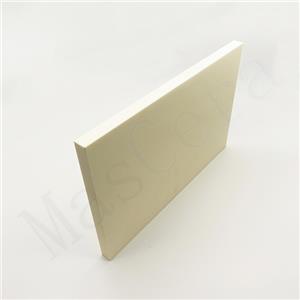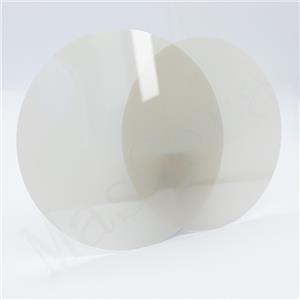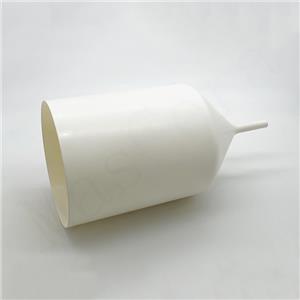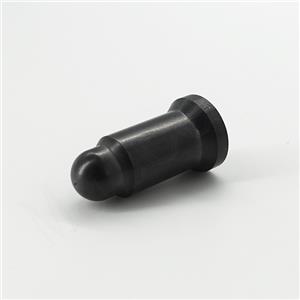Advantages and Disadvantages of Silicon Nitride Ceramic
Silicon nitride ceramic is an advanced ceramic material primarily composed of silicon nitride (Si3N4). This material boasts unique physical and chemical properties, making it highly versatile and widely used in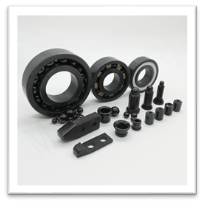 various industries.
various industries.
Advantages of Silicon Nitride (Si3N4) Ceramic
1. High Temperature Resistance
Silicon nitride (Si3N4) ceramic has excellent high-temperature resistance. It decomposes at around 1870°C under normal pressure and can withstand oxidation up to 1400°C, with practical usage temperatures reaching 1200°C (beyond which its mechanical strength may decrease). This makes it ideal for high-temperature environments such as aerospace, automotive engines, and other demanding applications.
2. High Hardness and Strength
Silicon nitride ceramic exhibits a hardness second only to diamond, cubic boron nitride, and silicon carbide, far surpassing other ceramic materials. Its bending strength at room temperature can exceed 720 MPa, comparable to alloy steels, and its strength remains stable up to 1200°C. This makes Si3N4 ceramic widely used in ultra-fine wear-resistant applications and machine tool cutting tools.
3. Thermal Stability
With a low coefficient of thermal expansion and high thermal conductivity, silicon nitride ceramic offers excellent thermal shock resistance. It can endure thermal shock from room temperature to 1000°C without cracking, making it suitable for use in diesel engine glow plugs and electric heater elements.
4. Corrosion Resistance
Si3N4 ceramic is chemically stable and resistant to corrosion. It does not react with most inorganic acids, except hydrofluoric acid. It can withstand alkaline solutions with concentrations of 30% or less and is resistant to many organic substances. Its resistance to molten metals, especially aluminum, makes it widely used in the aluminum casting industry for components like Si3N4 riser tubes, degassing pipes, and rotors.
5. Low Density
Silicon nitride ceramic has a density approximately 40% that of bearing steel, making it advantageous for lightweight applications. This contributes to reduced wear and tear, enhancing operational efficiency.
6. Self-Lubricating Properties
In low-oil or dry friction conditions, silicon nitride ceramic shows exceptional performance in reducing friction and wear. This makes it ideal for applications in harsh lubrication conditions, especially in bearing balls and bearings made from Si3N4, which have found extensive use in extreme environments.
Disadvantages of Silicon Nitride (Si3N4) Ceramic
1. Brittleness
Despite having better fracture toughness than many other ceramics, silicon nitride ceramic is still brittle. This brittleness makes it prone to breaking or shattering when subjected to impact or vibration, limiting its use in applications requiring high toughness.
2. Difficult to Machine
Due to the high hardness and wear resistance of silicon nitride, along with its brittleness, machining processes like cutting and drilling are challenging after the material has been formed into a ceramic. This significantly increases production costs.
3. Low Coefficient of Thermal Expansion
While the low thermal expansion of silicon nitride contributes to its dimensional stability and thermal shock resistance, it may lead to interface stress when combined with materials that have a higher coefficient of thermal expansion, such as metals. This can affect the overall reliability of components.
4. Poor Electrical Conductivity
Silicon nitride ceramic is an excellent electrical insulator, which is beneficial in electrical isolation applications. However, in scenarios where electrical conductivity is required, this property becomes a limitation.

